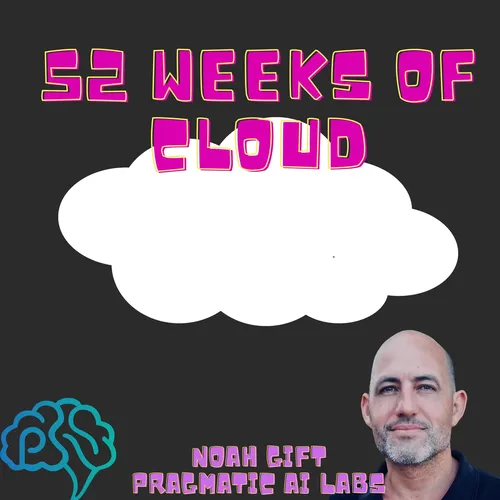YAML Inputs to LLMs
- Author
- Pragmatic AI Labs
- Published
- Mon 27 Jan 2025
- Episode Link
- podcast.paiml.com
Natural Language vs Deterministic Interfaces for LLMs
Key Points
Natural language interfaces for LLMs are powerful but can be problematic for software engineering and automation
Benefits of natural language:
- Flexible input handling
- Accessible to non-technical users
- Works well for casual text manipulation tasks
Challenges with natural language:
- Lacks deterministic behavior needed for automation
- Difficult to express complex logic
- Results can vary with slight prompt changes
- Not ideal for command-line tools or batch processing
Proposed Solution: YAML-Based Interface
- YAML offers advantages as an LLM interface:
- Structured key-value format
- Human-readable like Python dictionaries
- Can be linted and validated
- Enables unit testing and fuzz testing
- Used widely in build systems (e.g., Amazon CodeBuild)
Implementation Suggestions
- Create directories of YAML-formatted prompts
- Build prompt templates with defined sections
- Run validation and tests for deterministic behavior
- Consider using with local LLMs (Ollama, Rust Candle, etc.)
- Apply software engineering best practices
Conclusion
Moving from natural language to YAML-structured prompts could improve determinism and reliability when using LLMs for automation and software engineering tasks.
🔥 Hot Course Offers:
- 🤖 Master GenAI Engineering - Build Production AI Systems
- 🦀 Learn Professional Rust - Industry-Grade Development
- 📊 AWS AI & Analytics - Scale Your ML in Cloud
- ⚡ Production GenAI on AWS - Deploy at Enterprise Scale
- 🛠️ Rust DevOps Mastery - Automate Everything
🚀 Level Up Your Career:
- 💼 Production ML Program - Complete MLOps & Cloud Mastery
- 🎯 Start Learning Now - Fast-Track Your ML Career
- 🏢 Trusted by Fortune 500 Teams
Learn end-to-end ML engineering from industry veterans at PAIML.COM
